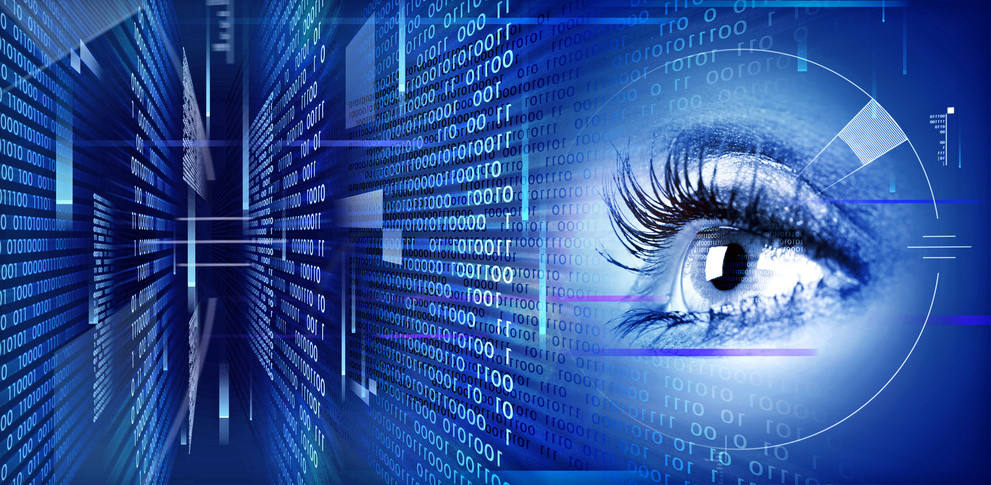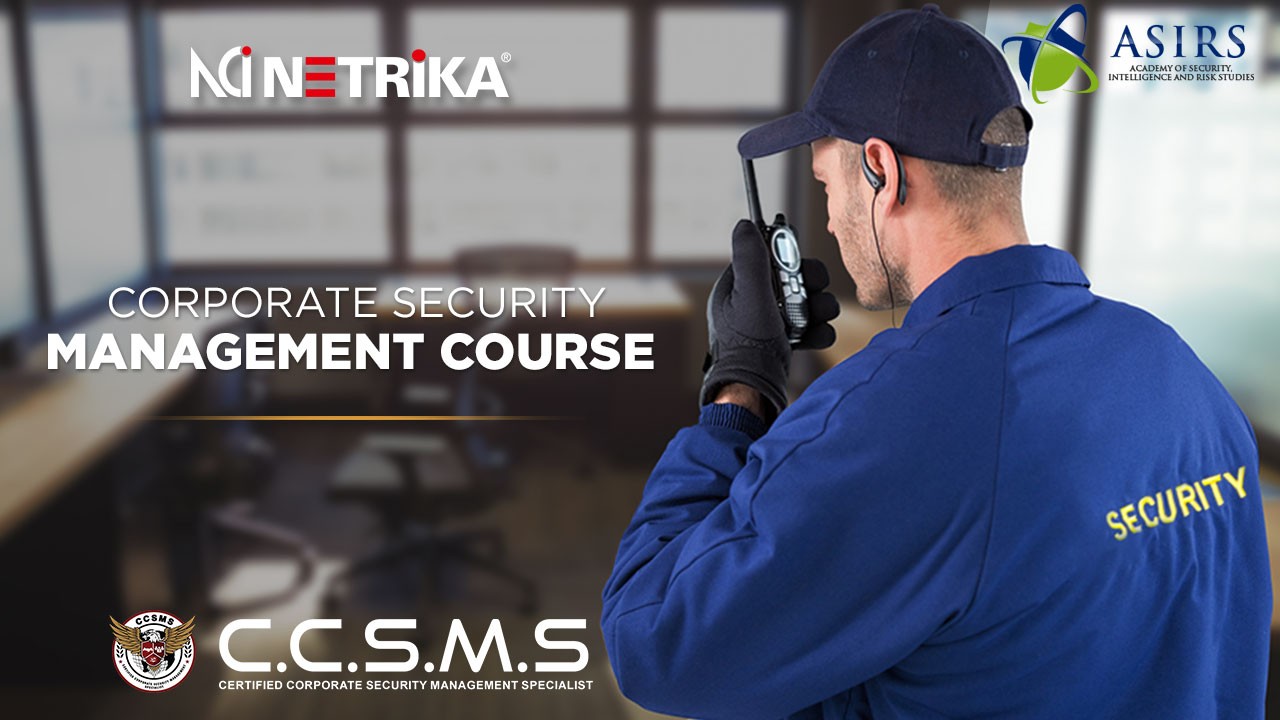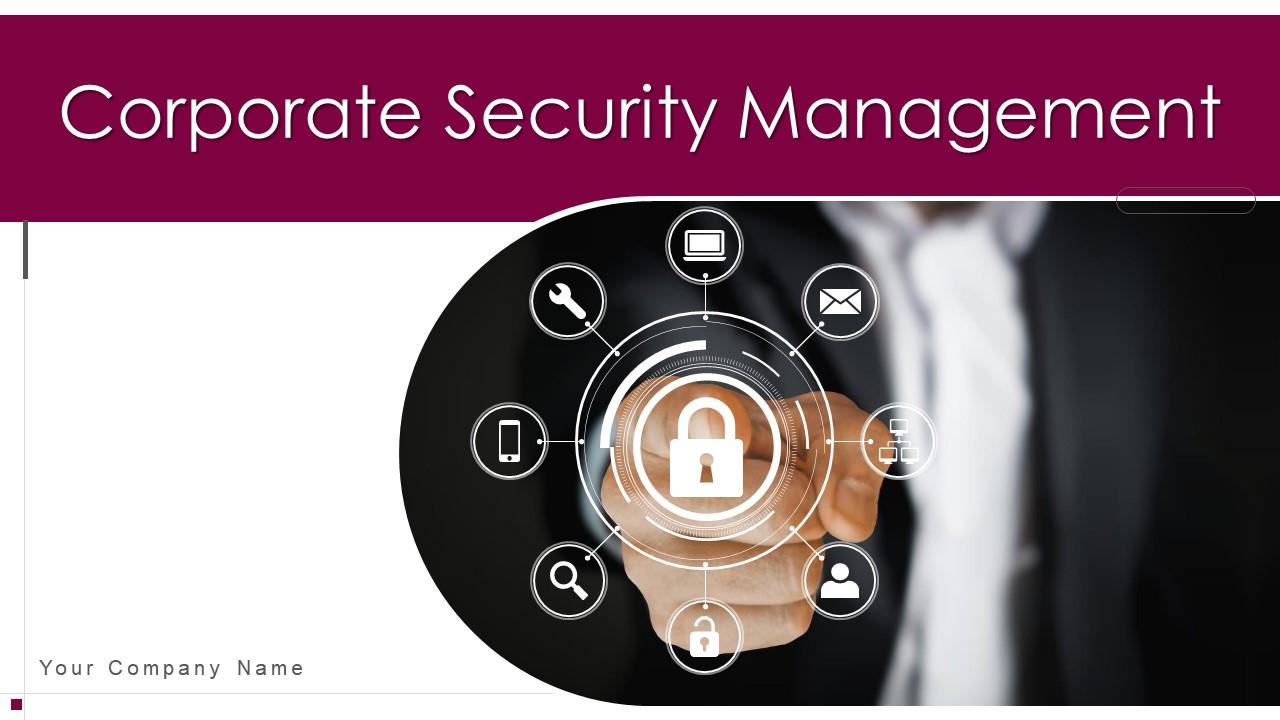Corporate Security Demystified: Reinforcing Your Organization Defenses
Corporate Security Demystified: Reinforcing Your Organization Defenses
Blog Article
From Cybersecurity to Physical Procedures: Strengthening Company Safety And Security in a Transforming World
By combining the strengths of both cybersecurity and physical safety and security, business can produce a thorough protection approach that addresses the diverse array of hazards they deal with. In this discussion, we will certainly discover the transforming hazard landscape, the demand to incorporate cybersecurity and physical security, the implementation of multi-factor authentication steps, the significance of employee awareness and training, and the adjustment of safety and security steps for remote workforces. By checking out these key areas, we will certainly get useful insights into just how companies can enhance their business safety in an ever-changing world.
Recognizing the Transforming Danger Landscape
The advancing nature of the modern-day world demands a thorough understanding of the altering threat landscape for reliable corporate safety and security. In today's electronic and interconnected age, risks to corporate protection have come to be a lot more complicated and advanced. As technology breakthroughs and services come to be significantly reliant on electronic infrastructure, the capacity for cyberattacks, information violations, and other security breaches has dramatically enhanced. It is crucial for organizations to stay notified and adjust their safety and security measures to address these advancing risks.
One trick aspect of recognizing the changing risk landscape is acknowledging the different types of risks that organizations deal with. Furthermore, physical hazards such as burglary, vandalism, and business espionage remain prevalent issues for organizations.
Surveillance and analyzing the threat landscape is important in order to recognize potential risks and susceptabilities. This entails staying updated on the most recent cybersecurity trends, assessing risk intelligence reports, and carrying out normal danger assessments. By recognizing the changing hazard landscape, companies can proactively carry out appropriate safety and security measures to minimize dangers and safeguard their assets, track record, and stakeholders.
Integrating Cybersecurity and Physical Safety
Integrating cybersecurity and physical protection is important for comprehensive business security in today's interconnected and digital landscape. As organizations increasingly rely upon technology and interconnected systems, the limits between physical and cyber risks are ending up being blurred. To properly guard versus these threats, a holistic strategy that incorporates both cybersecurity and physical safety and security procedures is important.
Cybersecurity concentrates on protecting digital assets, such as networks, systems, and information, from unapproved accessibility, disruption, and burglary. Physical safety and security, on the other hand, encompasses actions to safeguard physical properties, people, and centers from vulnerabilities and hazards. By integrating these 2 domain names, companies can deal with vulnerabilities and hazards from both physical and digital angles, thereby enhancing their general security pose.
The assimilation of these two self-controls enables an extra extensive understanding of safety and security threats and makes it possible for a unified reaction to cases. For instance, physical gain access to controls can be improved by incorporating them with cybersecurity methods, such as two-factor verification or biometric identification. Cybersecurity measures can be complemented by physical protection actions, such as surveillance cams, alarm systems, and secure gain access to factors.

Implementing Multi-Factor Verification Measures
As companies increasingly prioritize detailed protection procedures, one efficient strategy is the execution of multi-factor verification measures. Multi-factor authentication (MFA) is a safety and security approach that needs customers to provide numerous kinds of recognition to access a system or application. This technique adds an added layer of protection by integrating something the user knows, such as a password, with something they have, like a fingerprint or a safety and security token.
By implementing MFA, companies can dramatically enhance their protection pose - corporate security. Typical password-based verification has its limitations, as passwords can be quickly endangered or forgotten. MFA mitigates these risks by adding an additional authentication element, making it a lot more tough for unauthorized people to access to delicate details
There are a number of sorts of multi-factor verification techniques readily available, including biometric verification, SMS-based confirmation codes, and hardware tokens. Organizations need to assess their particular requirements and choose the most suitable MFA service for their needs.
However, the implementation of MFA need to be carefully planned and performed. It is essential to strike an equilibrium between safety and functionality to avoid user irritation and resistance. Organizations must you could check here likewise consider prospective compatibility problems and supply sufficient training and assistance to ensure a smooth shift.
Enhancing Staff Member Awareness and Training
To strengthen business protection, organizations should focus on boosting employee awareness and training. In today's rapidly developing danger landscape, workers play a critical function in safeguarding a company's sensitive information and properties. Many safety breaches happen due to human mistake or lack of recognition. As a result, organizations need to invest in detailed training programs to educate their workers about prospective threats and the most effective practices for alleviating them.
Reliable staff member understanding and training programs must cover a large range of topics, including data defense, phishing assaults, social design, password health, and physical protection steps. These programs must be customized to the specific needs and responsibilities of various staff member duties within the organization. Regular training simulations, workshops, and sessions can aid employees establish the required skills and understanding to respond and determine to safety threats successfully.
Moreover, companies should encourage a society of safety awareness and provide recurring updates and reminders to maintain workers educated regarding the most recent hazards and reduction techniques. This can be done with interior communication networks, such as newsletters, intranet sites, and email campaigns. By fostering a security-conscious labor force, organizations can considerably lower the chance of protection occurrences and protect their beneficial possessions from unauthorized gain access to or concession.

Adapting Security Steps for Remote Workforce
Adjusting business security steps to fit a remote labor force is essential in making sure the protection of sensitive information and possessions (corporate security). With the boosting fad of remote work, organizations should carry out ideal security steps to alleviate the threats linked with this brand-new means of working
One important element of adapting safety measures for remote work is establishing protected interaction networks. Encrypted messaging platforms and virtual personal networks (VPNs) can assist protect delicate info and stop unapproved gain access to. In addition, companies should enforce making use of solid passwords and multi-factor verification to boost the security of remote access.
An additional vital factor to consider is the application of safe and secure remote gain access to options. This includes giving employees with safe and secure accessibility to business special info resources and information via digital desktop computer facilities (VDI), remote desktop computer protocols (RDP), or cloud-based solutions. These modern technologies make certain that delicate info remains secured while enabling staff members to do their functions successfully.

Finally, thorough safety awareness training is critical for remote employees. Training sessions ought to cover finest methods for firmly accessing and handling sensitive information, determining and reporting phishing efforts, and preserving the general cybersecurity health.
Final Thought
In final thought, as the threat landscape proceeds to progress, it is critical for companies to enhance their safety measures both in the cyber and physical domain names. Incorporating cybersecurity and physical protection, applying multi-factor authentication measures, and boosting worker awareness and training are important actions towards achieving read the full info here durable corporate security.
In this conversation, we will explore the altering risk landscape, the need to integrate cybersecurity and physical security, the execution of multi-factor authentication actions, the significance of employee recognition and training, and the adaptation of protection steps for remote labor forces. Cybersecurity procedures can be complemented by physical safety steps, such as security cameras, alarms, and secure gain access to factors.
As organizations progressively focus on extensive safety and security measures, one efficient approach is the application of multi-factor authentication procedures.In verdict, as the risk landscape proceeds to advance, it is crucial for organizations to enhance their safety and security determines both in the cyber and physical domain names. Integrating cybersecurity and physical safety and security, implementing multi-factor authentication actions, and enhancing worker understanding and training are essential steps in the direction of achieving robust business safety and security.
Report this page